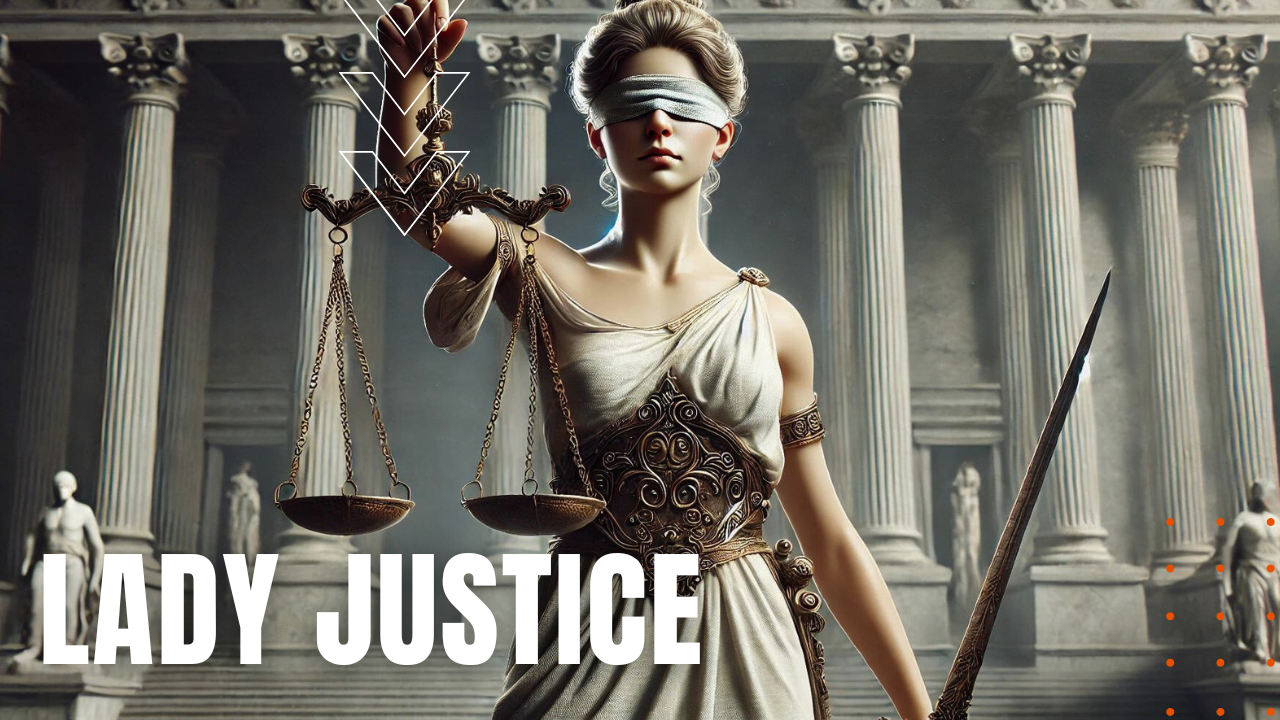Lady Justice

Known as an iconic and enduring representation of fairness, impartiality and righteousness, Lady Justice finds her origins in Greek and Roman mythology, where the Greeks associated her with Themis, the goddess of divine law and order, while the Romans linked her to Lustitia, the goddess of justice and fairness. Among her many depictions, the most common Lady Justice features a blindfolded woman holding scales and a sword, where her blindfold represents the impartial, objective administration of justice, which lacks bias, favoritism or prejudice of any kind.
Symbols of Fairness
The scales symbolize a balanced weighing of evidence and arguments, ensuring equitable decisions, while the sword represents the authority and power of government officials to enforce the law in an orderly way. Since her depiction by the ancient Greeks and Romans, Lady Justice has propagated across a wide assortment of civilizations and cultures, such as in ancient Egypt, where her embodiment was found in the goddess Maat, who represents truth, balance and order, while in India, the Hindu goddess Dharma represents righteousness and justice. In Medieval Europe, Lady Justice made frequent appearances in art and literature and in courtrooms and legal institutions, where her image became symbolic of the ideal of justice in the spirit of unbiased fairness and equity.
A Model for Lady Liberty
Even the Statue of Liberty pays homage to Lady Justice, when French sculptor Frédéric Auguste Bartholdi fashioned the now iconic symbol after the Roman goddess Libertas, who represents the personification of liberty. Now a mainstay and potent symbol behind legal systems the world over, statues and depictions of Lady Justice can be found in courtrooms, government buildings and on legal documents nearly anywhere around the world, serving as a reminder to legal practitioners and laypeople alike of the principles of fairness and equity under the law, however, in more recent times, critics have argued that the principle of blind justice is more aspirational than attainable, thanks to the inherent nature of human judgement, systematic bias and disparities in legal systems, yet despite these recent pushbacks, Lady Justice remains a benchmark symbol of justice for all.
